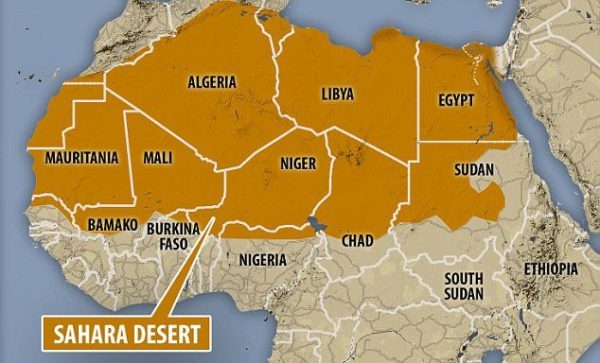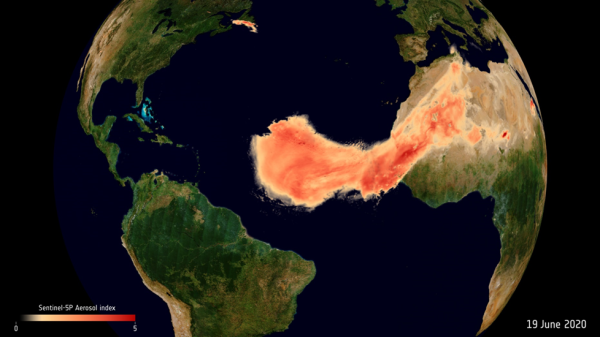SAHARA DESERT

The Sahara (/səˈhɑːrə/, /səˈhærə/; Arabic: الصحراء الكبرى, aṣ-ṣaḥrāʼ al-kubrá, ‘the Greatest Desert’) is a desert on the African continent. With an area of 9,200,000 square kilometres (3,600,000 sq mi), it is the largest hot desert in the world and the third largest desert overall, smaller only than the deserts of Antarctica and the Arctic.[1][2][3]
The name ‘Sahara’ is derived from the Arabic word for “desert” in the feminine irregular form, the singular ṣaḥra’ (صحراء /ˈsˤaħra/), plural ṣaḥārā (صَحَارَى /ˈsˤaħaːraː/[4][5][6][7]), ṣaḥār (صَحَار), ṣaḥrāwāt (صَحْارَاوَات), ṣaḥāriy (صَحَارِي).
The desert comprises much of North Africa, excluding the fertile region on the Mediterranean Sea coast, the Atlas Mountains of the Maghreb, and the Nile Valley in Egypt and Sudan. It stretches from the Red Sea in the east and the Mediterranean in the north to the Atlantic Ocean in the west, where the landscape gradually changes from desert to coastal plains. To the south, it is bounded by the Sahel, a belt of semi-arid tropical savanna around the Niger River valley and the Sudan Region of Sub-Saharan Africa. The Sahara can be divided into several regions, including the western Sahara, the central Ahaggar Mountains, the Tibesti Mountains, the Aïr Mountains, the Ténéré desert, and the Libyan Desert.
The Sahara Desert is one of the largest source of dust on the globe.
PARTICULATE MATTER IN THE SAHARA DESERT
- Coarse Grains < 63 um (Mica)
- Fine grain size < 1um
- Chemical Composition
- Aluminum
- Iron
- Lead
- Phosphorus
- Minerals
- Quartz
- Magnetite/Hematite
- Carbonates

TYPICAL SAHARAN DUST PLUME TRAJECTORY

